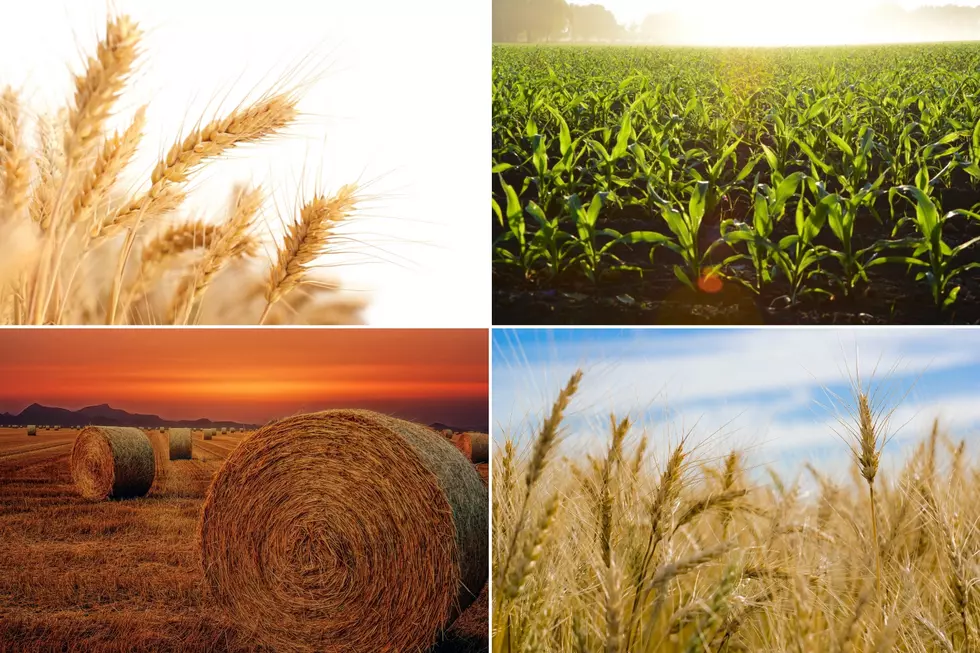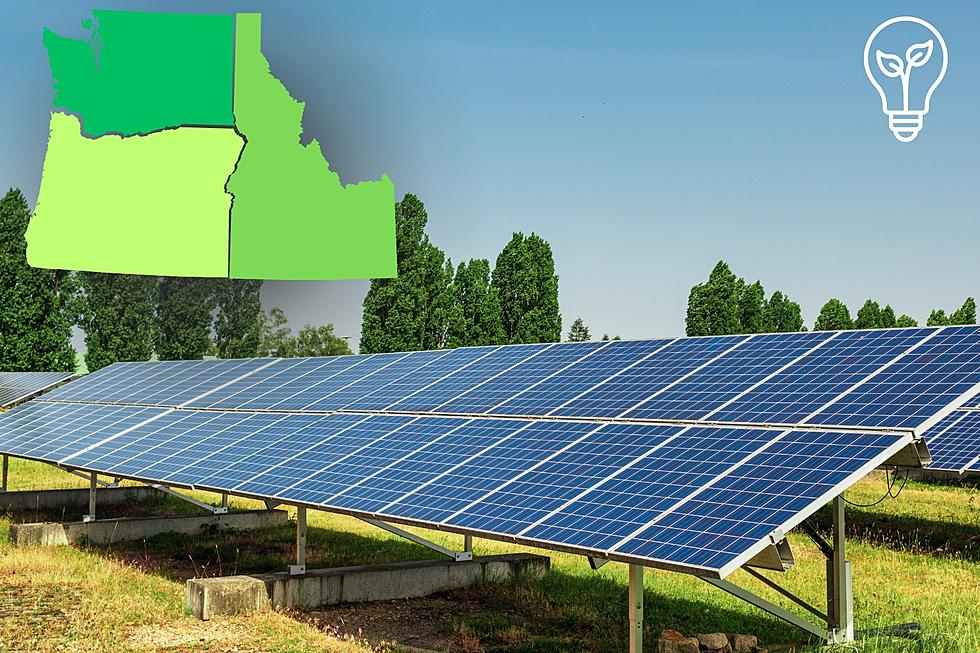
USDA: World Food Gap to Narrow by 2030
The intensity of global food insecurity, indicated by a measure called the food gap, is projected to lessen over the coming decade in the world's poorest regions. The improvement comes amid decreased incomes associated with pandemic-related drops in Gross Domestic Product, according to the Department of Agriculture.
The food gap measures how much food is needed to raise consumption at every income level to meet the nutritional target of 2,100 calories per capita per day, a minimum intake to sustain a healthy and active lifestyle. For the four regions studied in the Economic Research Service International Food Security Assessment, the food gap in 2020 ranged from a low of 12% of the daily caloric target in North Africa to 20% in Sub-Saharan Africa. Income growth, along with relatively stable prices for major grains and lower population growth, are contributing factors to this improvement, However, the gap is 12% higher than earlier estimates reported by USDA after pandemic-related revisions.
If you have a story idea for the PNW Ag Network, call (509) 547-1618, or e-mail gvaagen@cherrycreekmedia.com
More From PNW Ag Network









